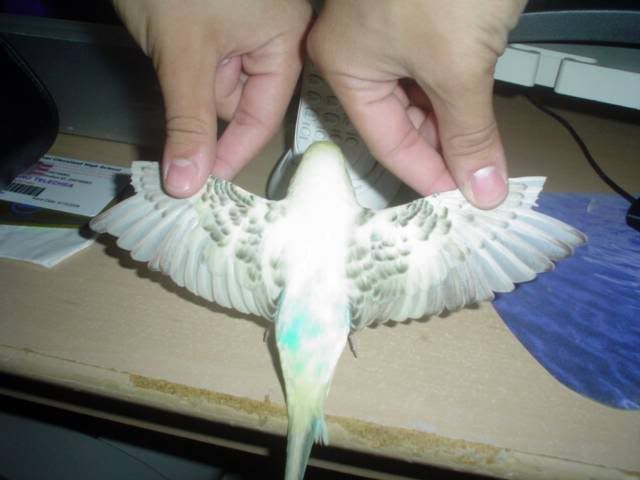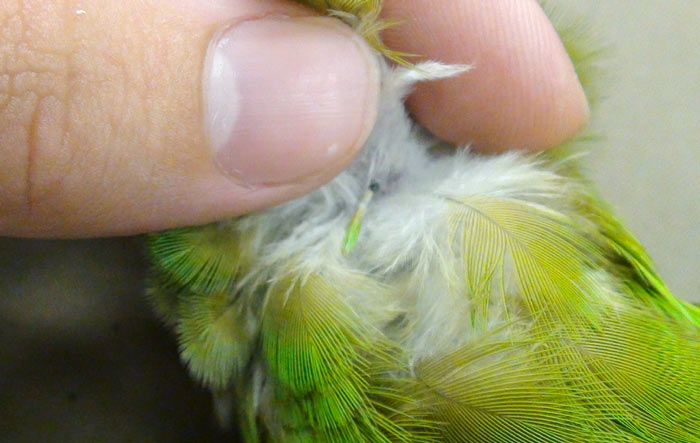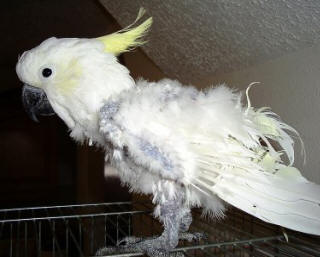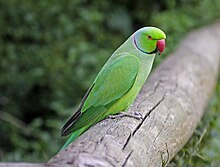
If you’re ready to make a pet part of your family, a cat can be a great choice. They will provide you with lots of entertainment, love, and companionship for many years to come. However, they will also need some things from you, including training, attention, patience, and supplies. Before you purchase or adopt a cat, take time to learn more about cats and what their needs are.
The following articles will provide you with information on cats, the adopting or purchasing process, and readying your home for its newest resident.
Is a cat the right choice for you? Are you ready for the responsibility? Take this quiz to find out.
Once you’ve decided a cat is the right pet for you, there are a few other things to determine before you can bring one home. Learn about your options and how to choose the best cat for your lifestyle.
Indoor and outdoor cats can both make great pets. Find out more about them and how to keep your cat safe, inside or outside.
Shelters, rescue organizations, pet stores, and breeders can all be great options for places to get your cat. Learn more about the options and decide which one is right for you.
What seems like a clean and safe home to you can be a dangerous place for your kitty. Find out how to create a safe environment.
Your new cat will need lots of love and attention… and much more! Learn about the supplies you will need to ensure your kitty lives a long and happy life.




























